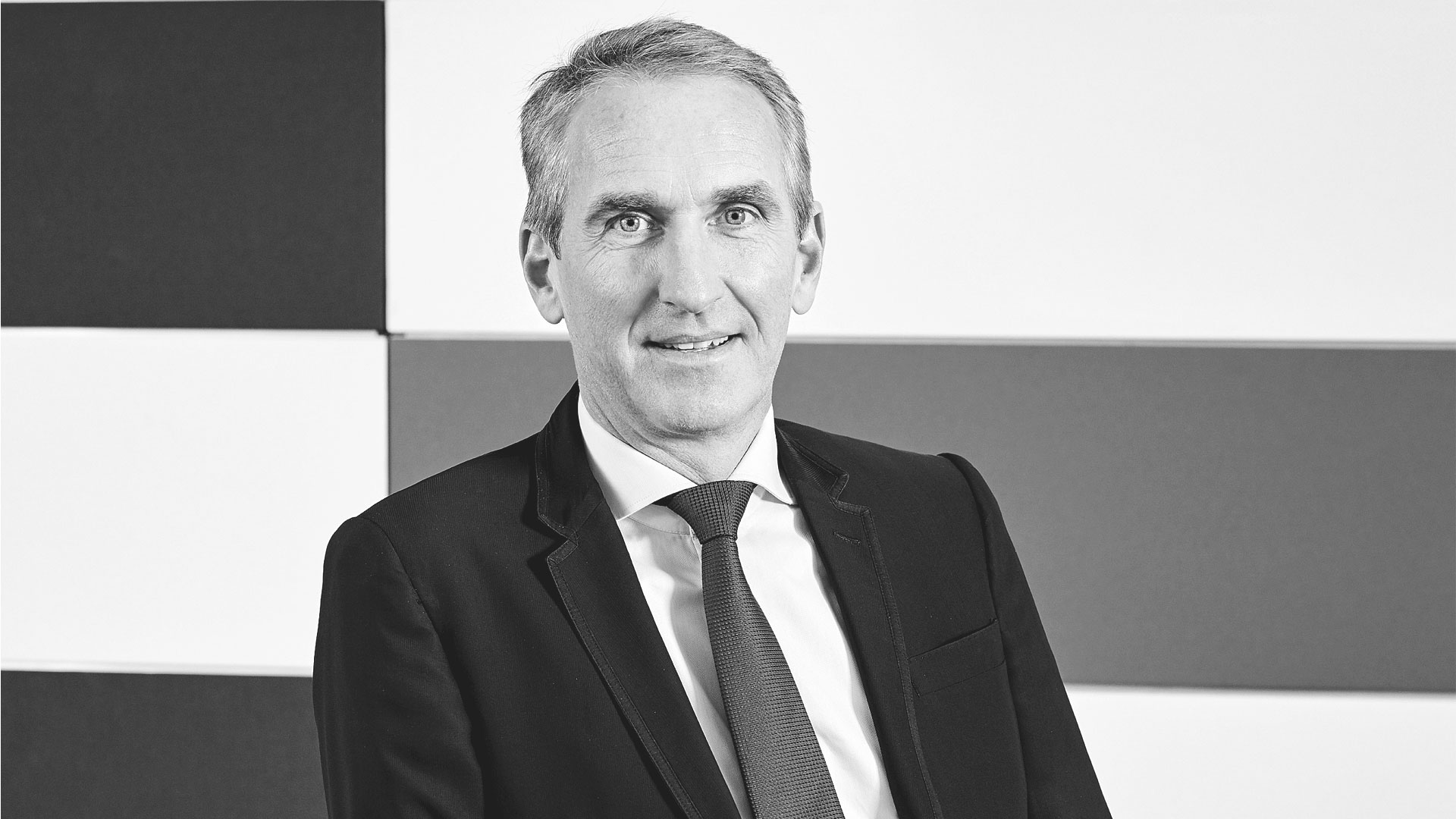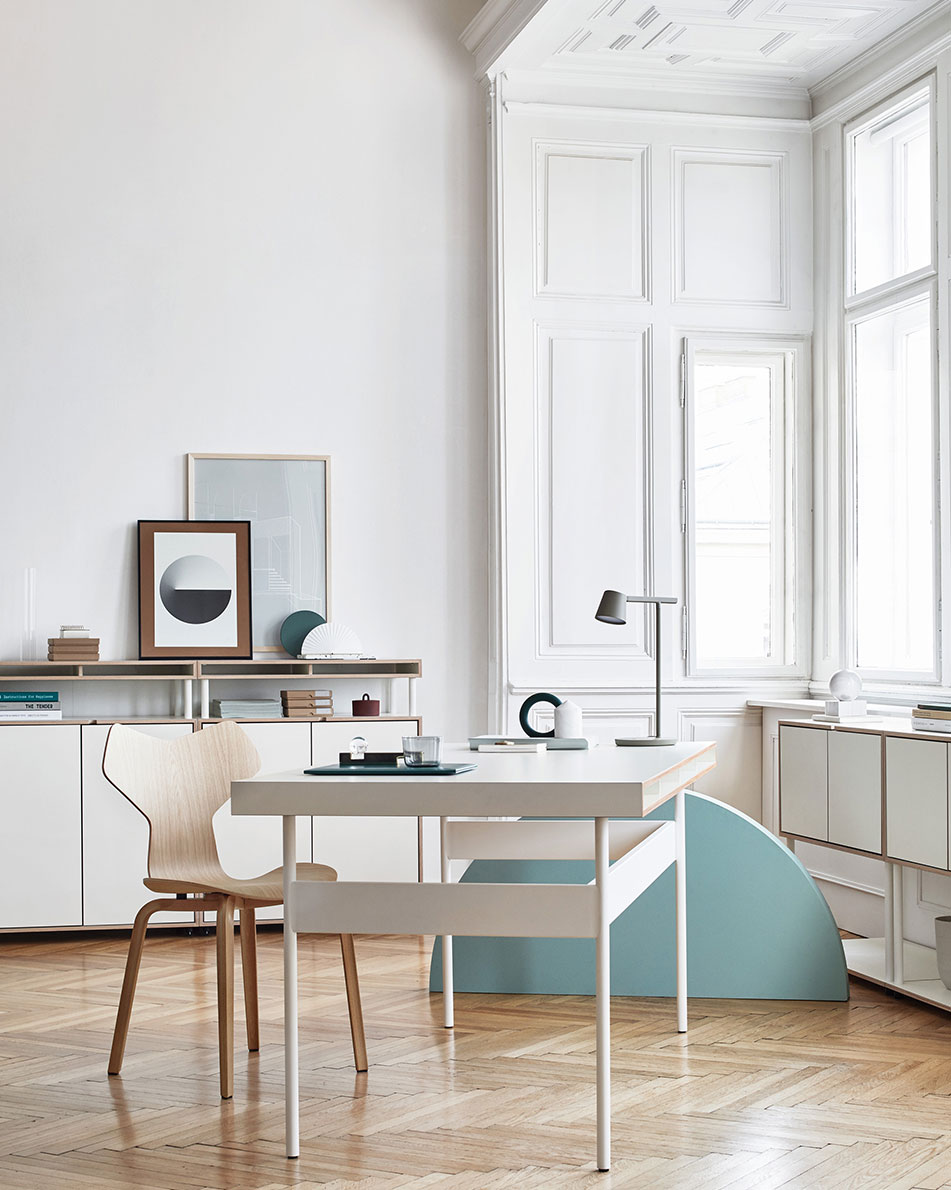FOOT FREE

To be honest, I didn’t know the full extent of the crisis in the beginning. There were a few communication problems here and there. But if it had been clear to me from the beginning what was coming, I might have changed my mind.
We had to react quickly, especially in one sense: Bene made a considerable loss at that time. In other words, we had to push sales. That’s not rocket science, because you simply have to roll up your sleeves. I experienced this myself when I ran from door to door to collect donations for the Johanniter order.
We had to accelerate the innovation cycles. We were too slow. At Bene, over-engineering was sometimes carried out with quality in mind and everything was checked two or three times instead of delivering new products to the market. Of course, it is an issue not to give up the technological leadership that Bene has claimed for itself.
We tried to get back to a competitive price by reducing costs in order to roll up the market with it. One of the most difficult things is that at a time when you’re being squeezed to death and your competitor is trying to push you out of the market for good, you have to create as much business as possible.
Of course, there were a number of sub-areas that had to be brought up to speed. There were visions in the family business that were too far-reaching. Bene 500 was the name of the plan, which was to set the direction in terms of sales. Employees were also hired for this purpose, but the sales target did not materialise. In addition, everything was structured too process-heavy, overlooking the customer.
Which indeed was the case. At the time I joined the company, we had 1,300 employees and turnover and the amount of cover in this industry could not be generated in this way. Today it is 700.
It helped me tremendously that Syngroup took over the restructuring right up to controlling and financial aspects. We never encountered any legal problems during this difficult phase and always felt that we were in good hands with Syngroup. They knew the situation Bene was in and worked through all the relevant issues together with us without losing their nerves.
I was able to continue with my job because I could rely on a reliable, experienced partner. And that’s the crux of the matter: If I don’t have time for my job anymore, in my case it was not an insignificant part of the sales process, the company will end up lacking it.
In our case, that was almost three years. We started in the summer of 2014 with a loss of around 25 million euros and turned the company into profit of around 10 million euros. Whereby Syngroup, if you put it pictorially, was not the paramedic, but the emergency doctor who was able to keep the patient alive.
Just look for the pain points in the company. Where is turnover made, where is it not. Keeping costs down where productivity is low. And in sales and in products, we must remain true to our line and not try to work on price. Nevertheless, we must continue to surprise our customers in the future.

-
LocationWaidhofen an der Ybbs
-
Employees700
-
Founded in1790
-
IndustryProduction of office furniture
-
About Bene
The company was founded in 1790 by Michael Bene in Waidhofen an der Ybbs as a small joinery and remained a joinery until the 1940s. Founded in 1929 by Karl Bene in Vienna, the company produced office supplies such as wooden letter trays and files.
In May 1975, a new production facility with 15,000 m² was put into operation. International expansion began in 1980. In 1998, the Bene Group entered the German market and integrated the German trading group Objektform. From 2000 to 2003, the sales network in Western Europe was established. At the same time, the Waidhofen plant was expanded by 9,000 m² to 40,000 m² and, with an investment volume of around 22 million euros, expanded into one of the most modern production facilities in Europe.
On April 17, 2013, Bene AG presented the preliminary figures for the 2012/13 business year with group sales of EUR 213.6 million and a net loss for the year of EUR -28.7 million.
On 27 March 2015, the takeover of 90 % of the company by the investor and restructurer Erhard Grossnig (grosso holding) and Bartenstein Holding as of June 2015 was announced. Since then, the company has been run as a GmbH (limited liability company).
-
Images
© Images: Bene GmbH / Wolfgang Zlodej